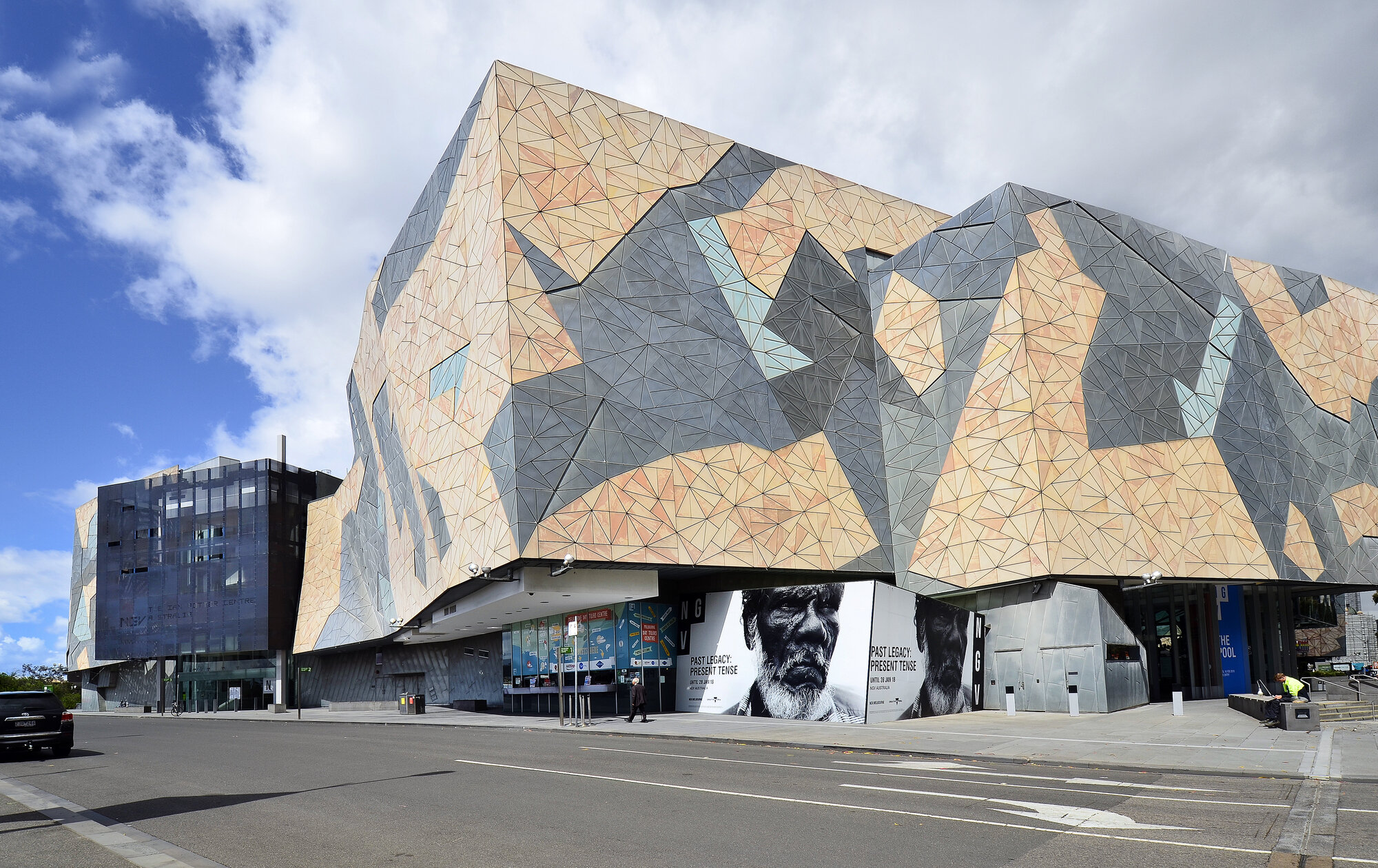Using a technology integrator for systems design on your design-build project may seem like an easy decision to save costs. However, there are major differences in the roles of an integrator and a technology consultant on a design-build project. Building owners and contractors should understand they may be spending more time, more money and adding more headaches to their process by relying on an integrator for design and construction.
Let’s take a look at the differences between using a technology consultant and an integrator and how the decision will impact project outcomes.
Project Approach
Integrators
It is common for general contractors to get integrators involved in the process after core and shell construction documents have been issued. This is often too late in the project though. Expensive change orders are the result when network requirements and pathways are unaccounted for in the core building design.
Technology Consultants
On the other hand, technology consultants prevent rework and owner disappointment because they are involved in the entire process: schematic design, requirements gathering, design development, construction documents, bid negotiation, and construction administration. Pathways and data drops are planned for, IDFs/MDFs are sized appropriately, systems are thoroughly integrated, and budgets are much more accurate.
Thorough Coordination and Documentation
Integrators
Working in CAD, integrators do not typically collaborate with an architectural team. This leads to a lack of communication and documentation errors that require decisions to be made in the field during construction. Having these decisions made in the field creates more risks and more late project heartburn. They also result in unplanned project costs.
Technology Consultants
Technology consultants such as HSJ work with architects and engineers in 3D modeling tools on most projects. This coordination lends itself to an easy flow of information and thorough coordination between disciplines.
Another difference when working with a technology consultant on a design-build project is the use of the submittal process. Submittal drawings and mock-ups are reviewed and responded to by the technology consultant to make sure installations are efficient. They also ensure what’s been priced and planned for installation meets owner requirements.
Specifying the Right Product
Integrators
The driving factors behind product specifications for many integrators are: 1. Best profit margins for their business 2. Manufacturer incentives 3. What they have excess inventory on from another project. While an integrator may come in on budget, the products may not meet quality expectations or functional requirements from the owner. Conversely, if there is not enough oversight on the integrator, they may specify costly products that are way more advanced than what the owner needs.
Technology Consultants
Technology consultants start with functionality defined by the owner and select the product that best fits the project requirements. The goal is to deliver a functional solution to the project within its budget. HSJ designs solutions that enable future growth without exceeding budget constraints.
Longevity and Relationships
Integrator
It’s typical for an integrator to use multiple project managers throughout any project with a two to three year timeline. This often means a loss in communication from requirements captured in original meeting notes and relationships that lack trust and reliability.
Technology Consultant
From our experience, project managers and senior team members at engineering firms are on board for 7 years or more. This allows the same people that document all requirements and design decisions to keep everyone on the same page throughout the duration of the project. This level of consistency leads to successful projects and long lasting relationships.
Ability to Scale
Integrators
Most integrators are regional with few national and global brands. This means that an owner with a portfolio across multiple regions will need to work with multiple integrators. It’s easy to see where the development and enforcement of technology standards could be difficult without consistent leadership across all properties.
Technology Consultants
A national technology consultant will have no problem with the development and enforcement of global technology standards for an owner with a large or growing portfolio of buildings.
Conclusion
The reality is the technology consultant role is essential to a design-build project. An integrator operating on their own will likely cost you quality, time, and money.
Technology design and engineering consultants like HSJ are an integral part of the design-build process. They are responsible for being subject matter experts for owners, architects, engineers, general contractors and integrators throughout the entire design-build process. This ensures technology systems are designed, installed and functioning to an owner’s standards, on time and on budget.
Contact us to discuss your next design-build project!





 © 2025 By H. Stephen Jones & Associates, Inc.
© 2025 By H. Stephen Jones & Associates, Inc.